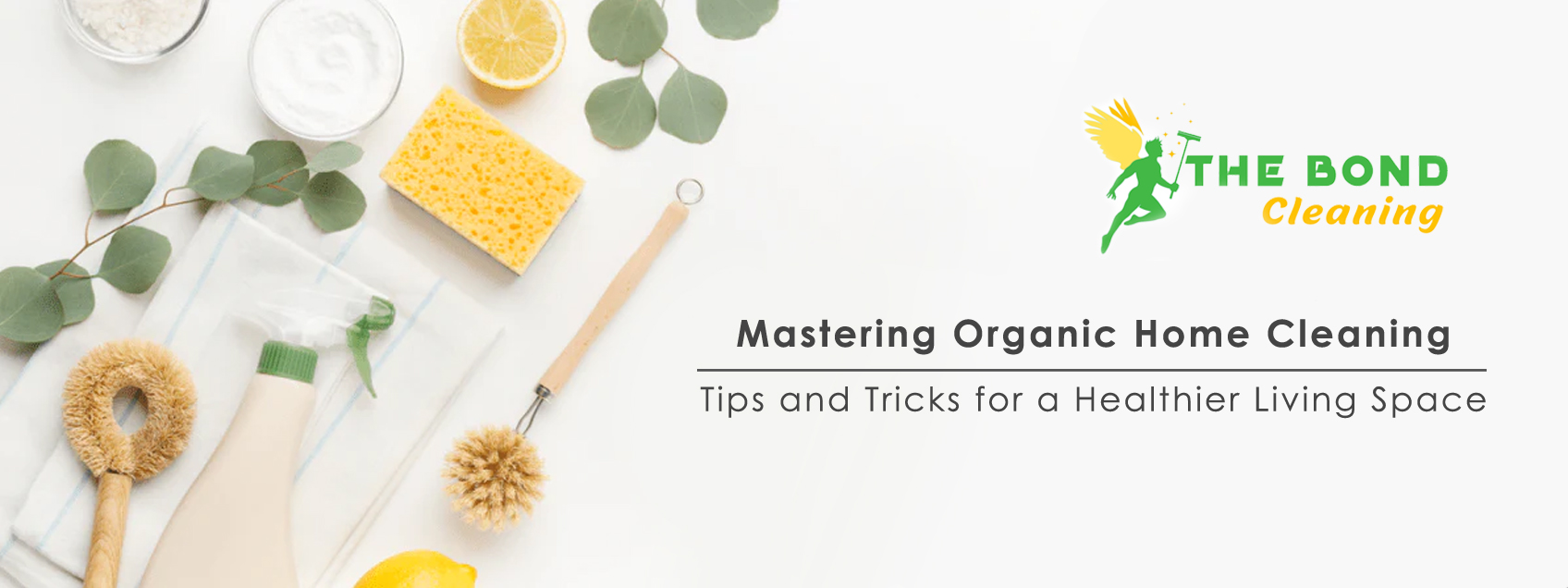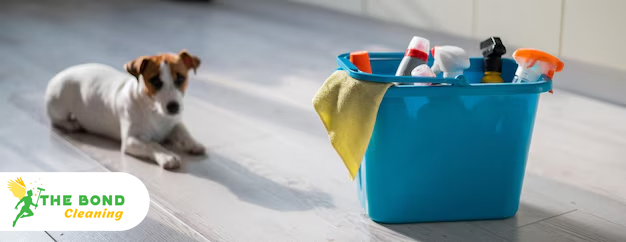The Ultimate Guide to Carpet Cleaning: Techniques, Tips, and Best Practices
Carpet cleaning is an essential aspect of maintaining a clean and healthy indoor environment. Carpets not only enhance the aesthetic appeal of a room but also act as a filter, trapping dust, dirt, allergens, and other pollutants. Regular cleaning not only preserves the appearance and longevity of carpets but also contributes to improved indoor air quality and overall well-being. In this comprehensive guide, we will explore various carpet cleaning techniques, tips, and best practices to help you keep your carpets looking fresh and pristine.
Understanding Carpet Fibers:
Before delving into cleaning methods, it's crucial to understand the different types of carpet fibers. Common fibers include nylon, polyester, olefin (polypropylene), and wool. Each fiber type has its unique characteristics and requires specific cleaning techniques. For example, nylon is highly durable and responds well to most cleaning methods, while wool is more delicate and requires gentler handling to prevent damage.
Regular Maintenance:
Regular maintenance is key to extending the life of your carpets and keeping them clean. Here are some essential maintenance tasks:
1. Vacuuming: Vacuum your carpets at least once a week to remove surface dirt, dust, and debris. Use a vacuum cleaner with a rotating brush or beater bar for best results. Pay special attention to high-traffic areas and under furniture.
2. Spot Cleaning: Deal with spills and stains promptly to prevent them from setting into the carpet fibers. Blot the spill with a clean cloth or paper towel, then treat it with a suitable carpet cleaner or stain remover according to the manufacturer's instructions.
3. Professional Cleaning: Schedule professional carpet cleaning at least once a year, or more frequently for heavily used areas. Professional cleaners have the expertise and equipment to deep clean carpets effectively, removing embedded dirt and allergens.
Carpet Cleaning Techniques:
There are several carpet cleaning techniques to choose from, each with its advantages and limitations. Here are some of the most common methods:
1. Hot Water Extraction (Steam Cleaning): Steam cleaning involves injecting hot water and detergent into the carpet pile at high pressure and then extracting the solution along with loosened dirt and stains. This method is highly effective for deep cleaning and is recommended by many carpet manufacturers.
2. Dry Powder Cleaning: Dry powder cleaning involves spreading an absorbent compound over the carpet, agitating it into the fibers, and then vacuuming it up along with the trapped dirt. This method is quick-drying and suitable for light to moderate soiling.
3. Bonnet Cleaning: Bonnet cleaning utilizes a rotary floor machine with a bonnet or absorbent pad soaked in cleaning solution. The pad spins across the carpet surface, absorbing dirt and soil. While bonnet cleaning can provide a quick fix for surface dirt, it may leave behind residues and does not penetrate deep into the carpet fibers.
4. Encapsulation Cleaning: Encapsulation cleaning involves applying a specialized cleaning solution that encapsulates dirt and stains into crystals. Once the solution dries, the crystals can be easily vacuumed away, leaving the carpet clean and residue-free. This method is environmentally friendly and ideal for commercial settings.
Best Practices for Effective Carpet Cleaning:
Regardless of the cleaning method chosen, here are some best practices to ensure optimal results:
1. Read the Manufacturer's Instructions: Before cleaning your carpet, always check the manufacturer's recommendations and warranty guidelines. Using the wrong cleaning method or solution can void the warranty and potentially damage the carpet.
2. Test in an Inconspicuous Area: Before applying any cleaning solution to the entire carpet, test it in a small, inconspicuous area to check for colorfastness and compatibility.
3. Pre-treat Stubborn Stains: For stubborn stains such as pet urine or ink, pre-treat the area with a specialized stain remover or enzyme cleaner before proceeding with the cleaning process.
4. Use Proper Equipment and Techniques: Whether you're using a home carpet cleaner or hiring a professional service, ensure that the equipment is in good condition and used correctly to avoid over-wetting or damaging the carpet fibers.
5. Allow Sufficient Drying Time: Proper drying is essential to prevent mold and mildew growth. Use fans or open windows to promote air circulation and expedite drying after cleaning.
Conclusion:
Regular carpet cleaning is essential for maintaining a clean, healthy indoor environment and prolonging the life of your carpets. By understanding the different cleaning methods, following best practices, and staying proactive with maintenance, you can keep your carpets looking fresh and pristine for years to come. Whether you prefer DIY cleaning or enlist the help of professional cleaners, the key is consistency and attention to detail in caring for your carpets.



Comments
Post a Comment